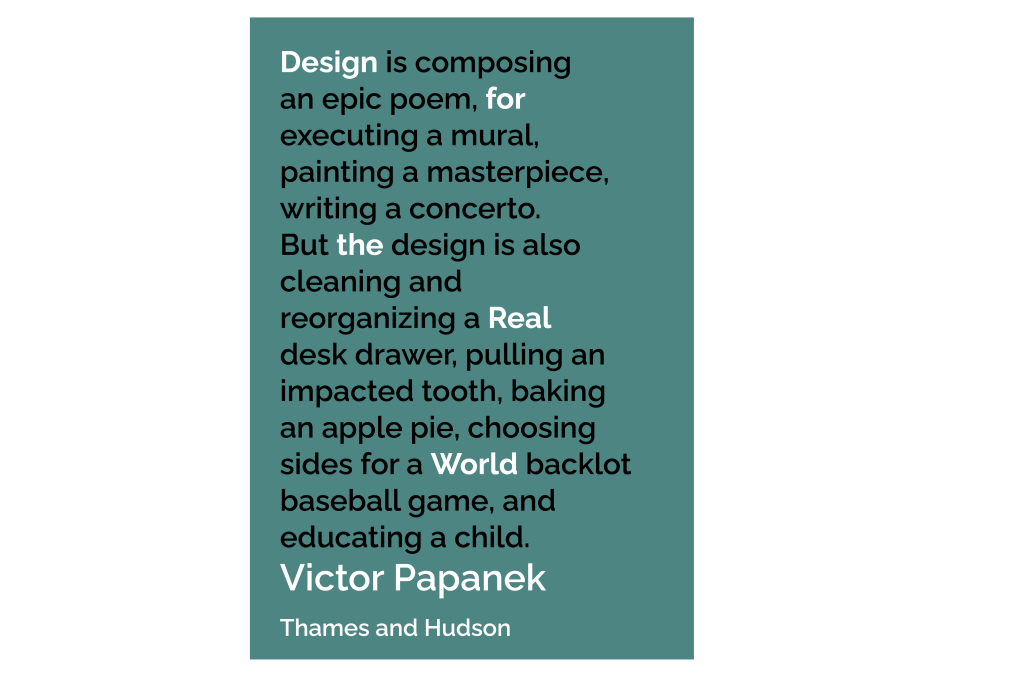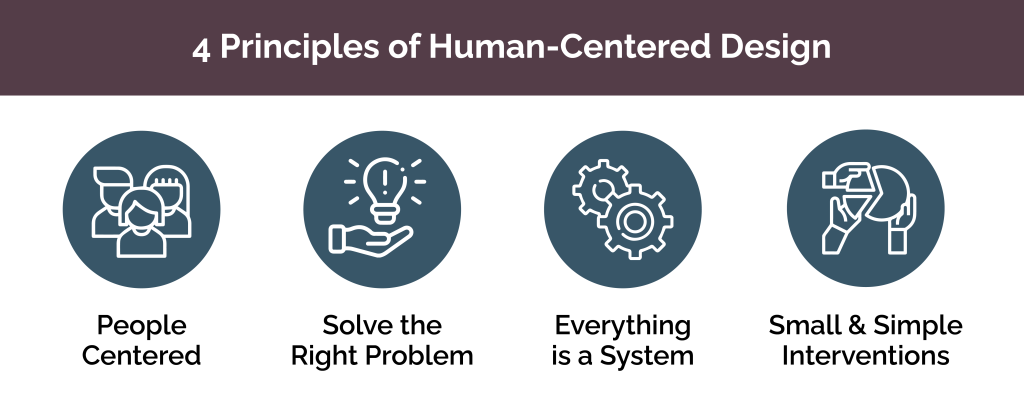The design has always been about solving a problem. From the desk chair to the smartphone, our creativity has always been spurred on by a desire to make life easier. 21st-century design, which is about using design to address the world’s major problems, has evolved out of traditional design, which sees design purely as a way of solving complex human issues. 21st-century design is about finding the root cause of the problems that plague society and creating effective, sustainable solutions. But are today’s designers equipped to solve such problems? And design capable of overcoming the challenges of the twenty-first century?
Let’s take a look.
The Challenges of the 21st Century for Designers
One of the key challenges for designers in the twenty-first century is changing their mindset and approaching their work. Designers have been trained to think that one expert can solve everything for many years. In most cases, this is not true. And considering this way can lead to poorly designed products and general creative stagnation. Modern design is about collaboration, communication, and connectivity. Today, designers need to know how and when to receive input from their community and prospective users. They need to listen. If we stand any chance of combating the enormous challenges that face us this century, designers must keep humans at the center of what they do. The COVID-19 pandemic has laid bare our social, political, and environmental struggles. Rather than discourage, these difficulties should provide designers with the desire and the opportunity to create innovative and sustainable solutions.
Making the most available technology also lies at the heart of 21st-century design. “Computer use in the design for the 21st Century will act as the linchpin for most creative design activities. The design of the technology must not only save user (physical and cognitive) effort but create new ways of working and envisionment, allow greater dissemination of information and designed artifacts, and enable increased social inclusion of stakeholders” (UCL)

Human-Centred Design
There are four main principles to ‘Human-Centred Design’:
- People-Centred
- Solve the Right Problem
- Everything is a System
- Small and Simple Interventions
These principles can help to guide the creative vision of today’s designers in whatever field they choose to operate.

First and foremost, all designs have to place us (humans!) at the center. How can we create designs that prioritize our wellbeing and the sustainability of our species? This may require some proactive, outside-the-box thinking. And the answers may not always provide a design that is instantly ready to be consumable and profitable. Workflows may need adjusting, and designers will have to refine their priorities.
Secondly, human-centered design is about solving the right sort of problem. Are we looking for solutions that improve our lives and the lives of others in a meaningful way? If not, then the issues may not be worth solving. Of course, the purpose is not always immediately apparent when you start designing something. However, knowing that you are working towards something worthwhile will help you create innovative, modern designs.
Thirdly, everything is a system. Therefore, everything is interconnected. If you pull a string on a design over here, it will likely affect how it operates. This is an essential consideration for app developers and designers in practical terms. When working on their app, they have to understand the hardware their app is used on, the other apps they’re competing with, how their user may treat their app, and how the UI of the app affects the UX.
All these things are connected, so designers have to think about the big picture: what do you want the final result to be?
Lastly, it is best to make small and simple interventions. Designers are unlikely to develop an all-encompassing design that solves the entire issue. Instead, it is better to focus on incremental progress through small and simple interventions in the world of twenty-first-century design. This is the best way to keep solutions human-centered and towards real and meaningful progress.
To learn more about modern design, check out this video on ‘21st Century Design’ by Don Norman, an acclaimed American researcher and Director of The Design Lab at the University of California, San Diego.
To learn more about modern design and what the future for design may look like, get in touch with our UX and UI experts at Radiant Digital.


